What to do with dogwoods in the fall to prepare these native trees for the winter months ahead
Learn how to care for dogwoods in October and November ahead of cold weather
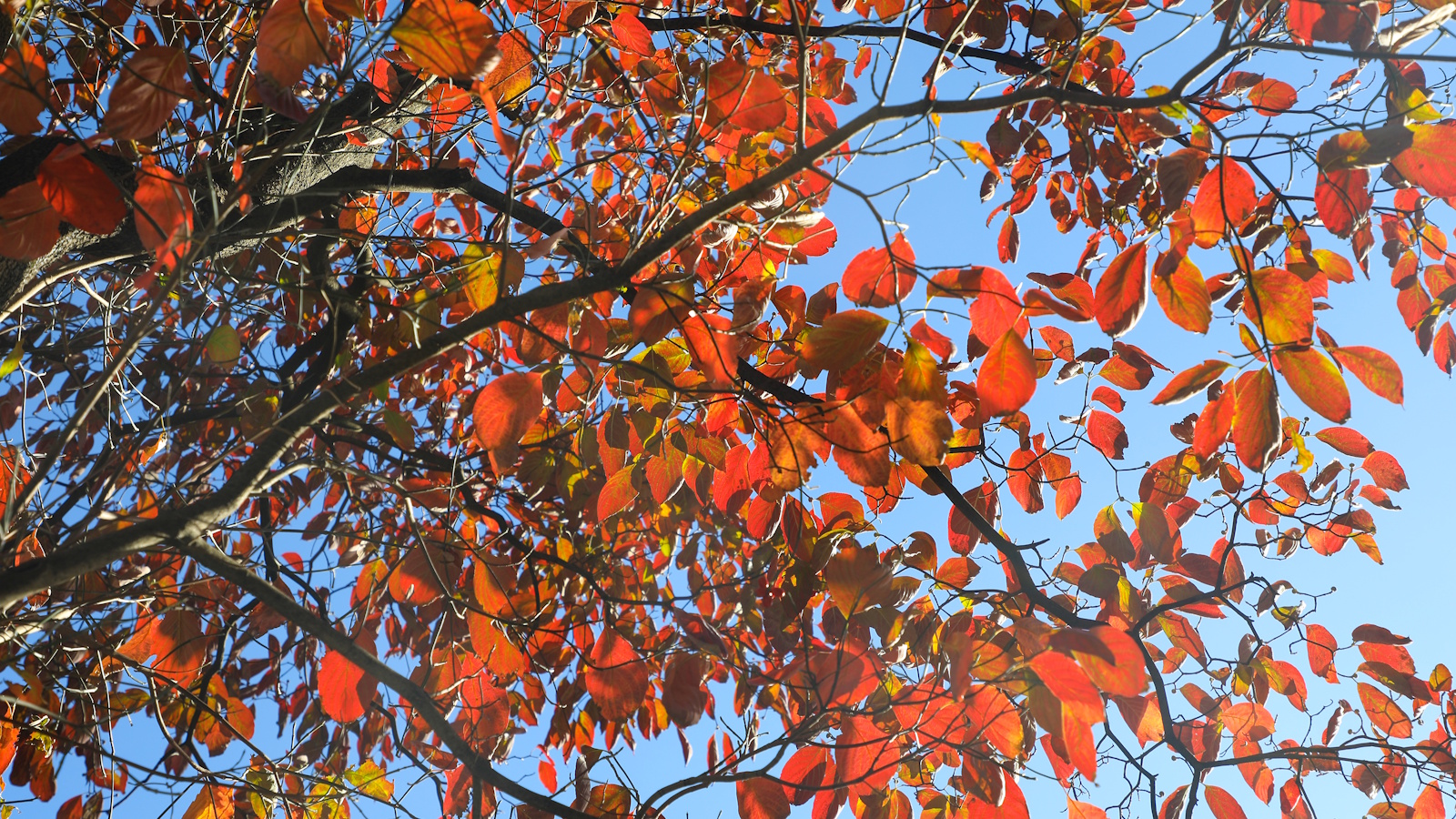

There are over 50 species of dogwood - part of the Cornus plant family - that are native to North America, Europe, Asia and Africa. There is much diversity within this genus, ranging from medium-sized native specimens, such as the flowering dogwood, Cornus florida, to the small, shrinking bunchberry dogwood, Cornus canadensis, that grows as a ground cover in forests across Canada and the United States.
As fall takes hold, dogwoods put on a spectacular seasonal display, with orange, red, brown, or yellow leaves marking the end of the growing season. Despite cooler weather and darker days of October and November, there is still much to be done in the yard and spending a little time to tend to your dogwood will help to keep them in good health and encourage them to return better than ever next year.
So, if you grow native dogwood trees in your borders or a container, our fall care guide has all the information you need to know, including pruning advice from a plant expert from the Knoxville Botanic Garden and Arboretum in East Tennessee.
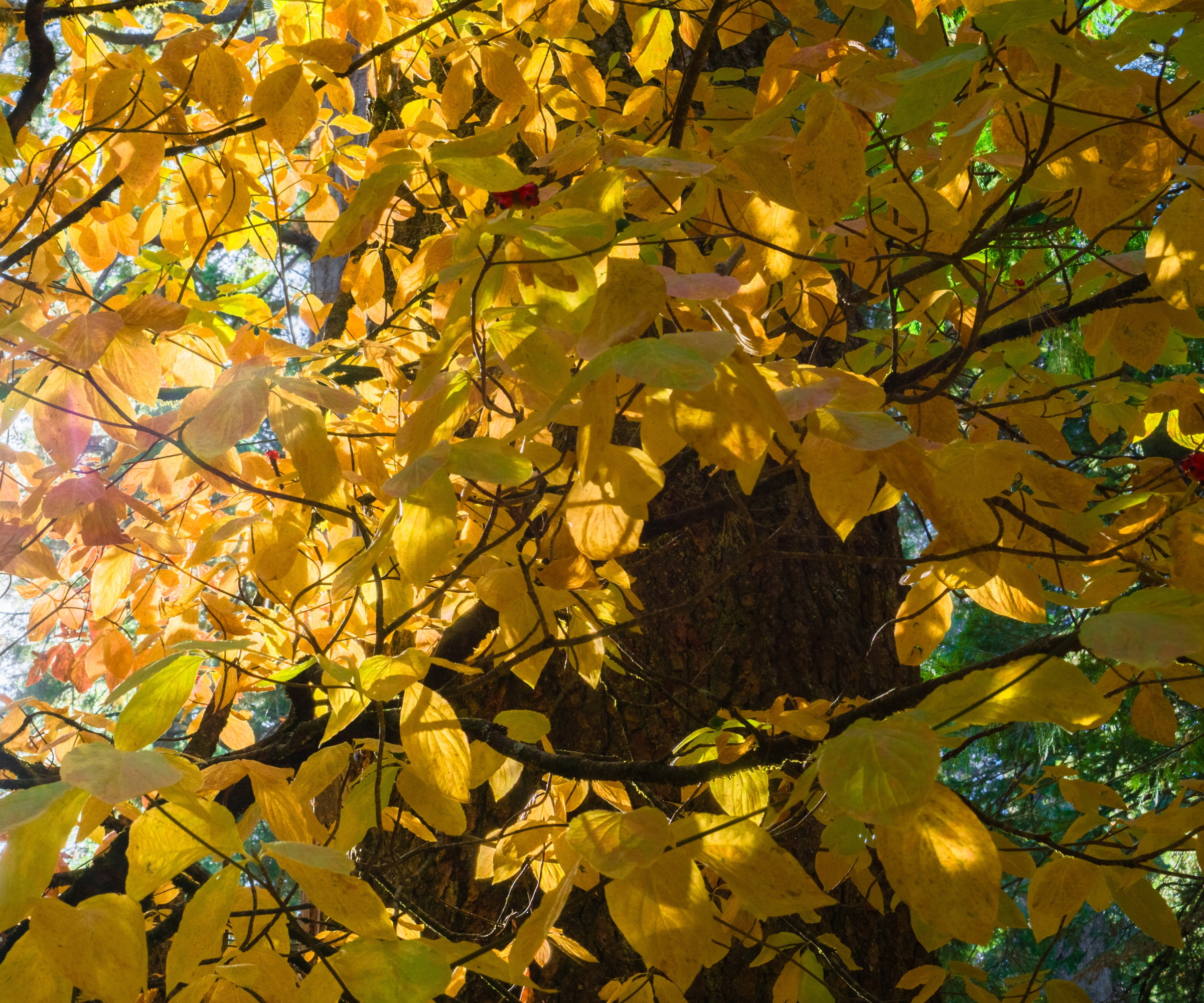
What to do with dogwoods in the fall
In October, November and December, there is plenty of sowing, weeding and tidying to do in the yard as part of your fall gardening checklist. While the climate will vary depending on where you live and your US hardiness zone, the weather is typically mild and wet at this time of year. While your plants and shrubs are no longer actively growing, fall is the ideal time to prepare them for colder months ahead and spending a small amount of time mulching, tidying and watering your shrubs will pay off next year.
1. Mulching dogwoods in the fall
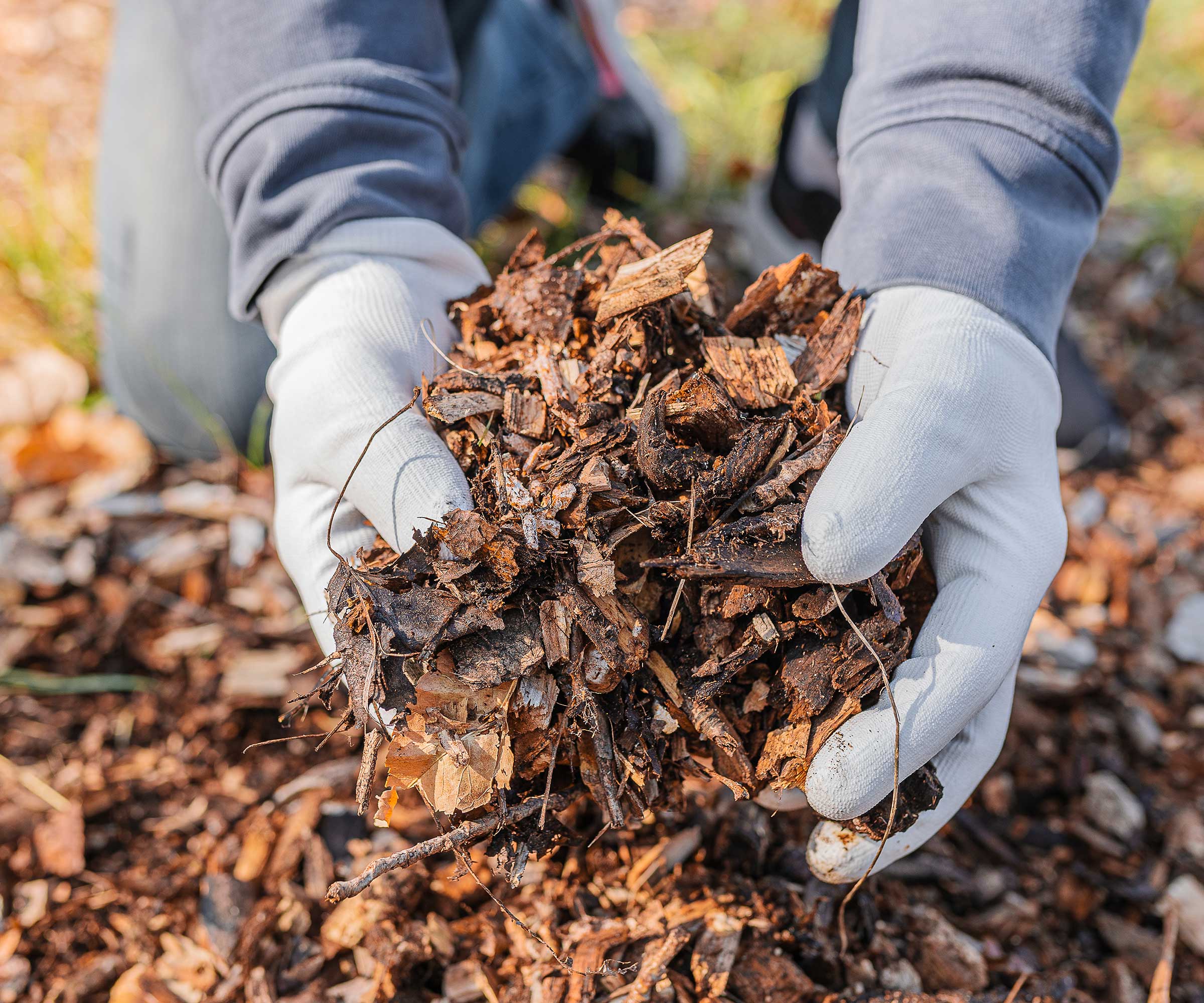
Whether you have one large statement tree in your backyard or you are growing flowering dogwood trees in pots, one key task to complete in the fall is mulching. Applying a thick layer of mulch around your dogwood tree in the fall can help protect the roots from frost and snow, while also adding nutrients and feeding the soil.
Choose a good quality mulch, like this pine bark mulch, available to order from Amazon, spreading a two to four-inch layer around the base of your shrub or tree, being careful not to let it touch the trunk, as this can invite disease and infection.
If your dogwood is grown in a pot, you can scrape and loosen the top one inch of soil, refilling to the right level with some mulch. This should help to replenish nutrients in the pot as well as provide some insulation during fall and winter.
If you grow bunchberry dogwood as a ground cover plant, this low-growing, deciduous species will soon disappear for the colder months of the year. You can simply apply a good one to two-inch layer of mulch in the areas where bunchberry dogwood plants are growing.
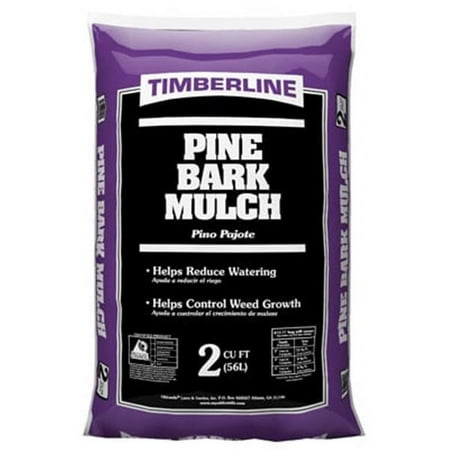
This natural pine bark mulch will help your dogwood shrubs and trees to thrive, feeding the soil while protecting roots during the winter months.
2. Keep watering shrubs and trees in the fall
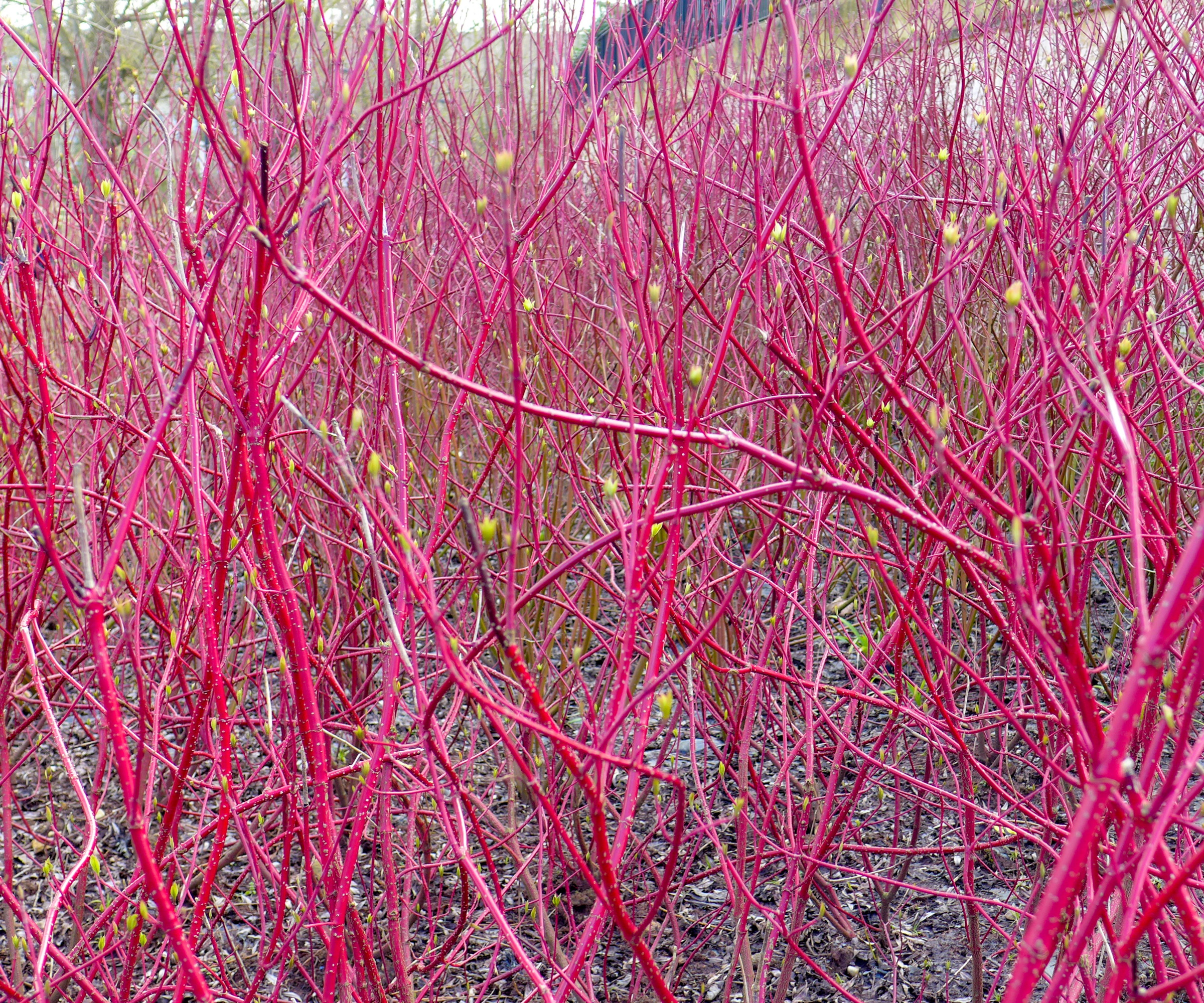
During fall, dogwoods can benefit from the occasional deep watering as they prepare for winter dormancy. This is especially important if fall is dry, with little or no rainfall.
In terms of watering and dogwood care, it is a good idea to saturate the soil every other week if there is little rain in October or November. Watering is less important as winter approaches, but providing your shrubs with adequate water before the ground freezes will ensure that they have ample moisture to draw on until the spring.
Watering is important when growing dogwood trees in pots, but be sure that your pots are not overly wet or waterlogged. Give your pots a full watering can or two if the weather remains mild, being sure that the water drains freely at the bottom of the pot. Once the temperature begins to drop, watering must stop until the spring.
3. Tidy, but do not hard prune dogwoods until winter

Dogwoods do not generally need annual pruning, as many species only tend to grow one or two feet per year. Any pruning is generally best done in late winter, around February or March, so if you are wondering when to prune dogwood trees, this is best thought of as a job to add to your winter gardening checklist.
'In terms of timing, dogwoods are best pruned in what we call the off-season - winter or early spring, after all the foliage has dropped but before any spring growth emerges,' says Travis Wilson, Senior Horticulturist at the Knoxville Botanic Garden and Arboretum in East Tennessee.
'Pruning is an act of wounding - necessary for future health - and the tree or shrub we prune will need time to heal. That healing is best facilitated when it has little else to direct its energy toward, and when little else is active bacterially or virally in the environment around it. That time is, for all intents and purposes, winter and early spring.'
The only pruning you might need to do in the fall is trimming any branches that are dead, diseased, or damaged. There can often be strong winds and storm-like weather in November and December, for example, so you may need to cut a broken branch to prevent further damage.
Use a pruning saw, available from Walmart, to cut down to a joint, which can be removed and added to a log pile or thinner stems can be added to your compost heap.
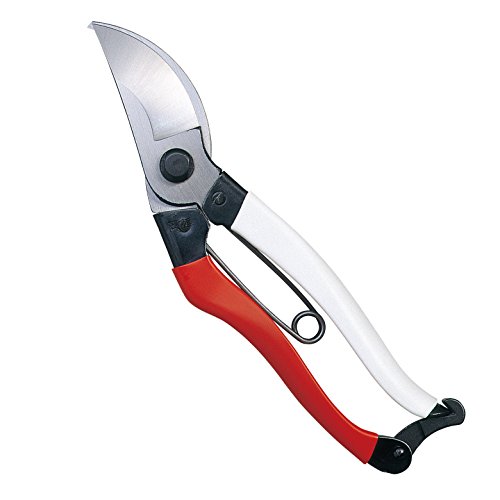
With a smart design, these red and white pruning shears will be easy to find if you put them down in the yard.

Travis Wilson is a plant expert and Senior Horticulturist at the Knoxville Botanic Garden and Arboretum in East Tennessee.
FAQs
Should I fertilize dogwoods in the fall?
No, there is no need to fertilize dogwoods in the fall. Fertilizing late in the year can cause more harm than good by encouraging your shrubs and trees to produce new growth that will not survive the winter weather. Put the fertilizer back in the garden shed until the growing season begins again in spring.
Most dogwood trees are remarkably hardy, with many species growing just fine down to US hardiness zone 5, tolerating the harsh, frozen winter months without any need for winterizing or protection. However, keep an eye on any young saplings that have been planted in the fall. If a cold blast is expected, providing some cover or protection can be a good idea.
If you are looking for more inspiration or advice for October, November and December, see our guide on how to kill weeds in the fall. Spending some time tackling problem plants now will pay off next year.
Sign up to the Homes & Gardens newsletter
Design expertise in your inbox – from inspiring decorating ideas and beautiful celebrity homes to practical gardening advice and shopping round-ups.

Thomas is a Content Editor within the Gardens Team at Homes and Gardens. He has worked as a professional gardener for both public spaces and private estates, specializing in productive gardening, growing food and flowers. Trained in Horticulture at the Garden Museum, he has written on gardening and garden history for various publications, including The English Garden, Gardens Illustrated, Hortus, The London Gardener and Bloom. He has co-authored a Lonely Planet travel book, The Tree Atlas, due out in 2024.
-
 Ina Garten's storage pantry is an insightful window into all of the best cookware used by the chef – and it's easy to recreate on your kitchen shelves from $48
Ina Garten's storage pantry is an insightful window into all of the best cookware used by the chef – and it's easy to recreate on your kitchen shelves from $48The beautiful dishware in The Barefoot Contessa's Hamptons pantry showcases the tools she uses most often to cook – this is exactly how you replicate it
By Sophie Edwards Published
-
 Extend the lifespan of your appliance with 5 simple but crucial washing machine maintenance tips
Extend the lifespan of your appliance with 5 simple but crucial washing machine maintenance tipsFrom cleaning the filters to keeping the door open, experts reveal the washer tips they swear by
By Andy van Terheyden Published
-
 7 native perennials to plant in April – for glorious flowering displays to attract bees, butterflies, and hummingbirds
7 native perennials to plant in April – for glorious flowering displays to attract bees, butterflies, and hummingbirdsDiscover some of the best perennials to plant in April to make your garden a hotspot for wildlife
By Drew Swainston Published
-
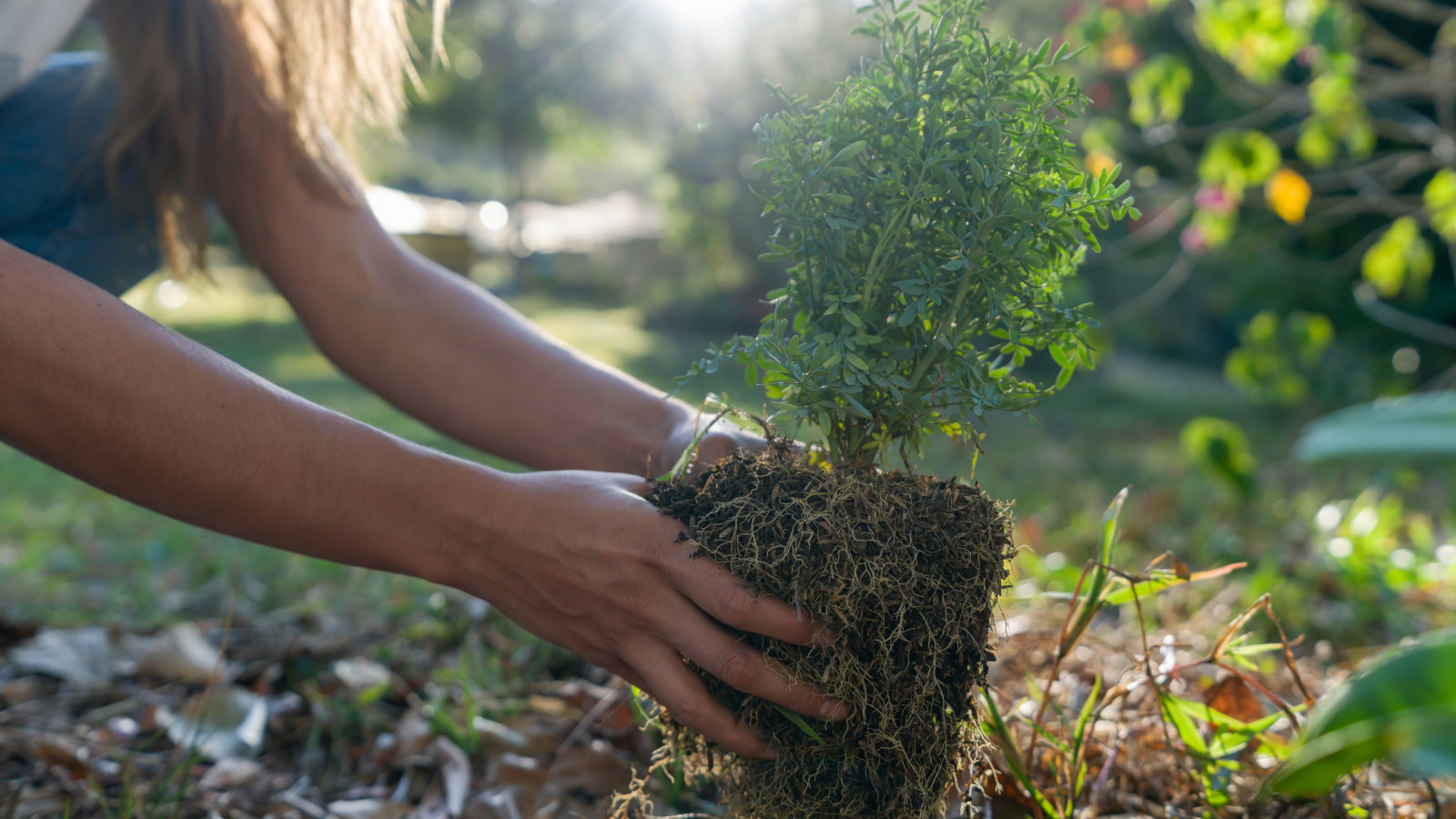 7 shrubs to plant in April to transform beds and borders – including native plants and bushes suitable for dry or wet spots
7 shrubs to plant in April to transform beds and borders – including native plants and bushes suitable for dry or wet spotsThese shrubs can bring flowers, texture, and fragrance, as well as attracting beneficial insects and birds
By Drew Swainston Published
-
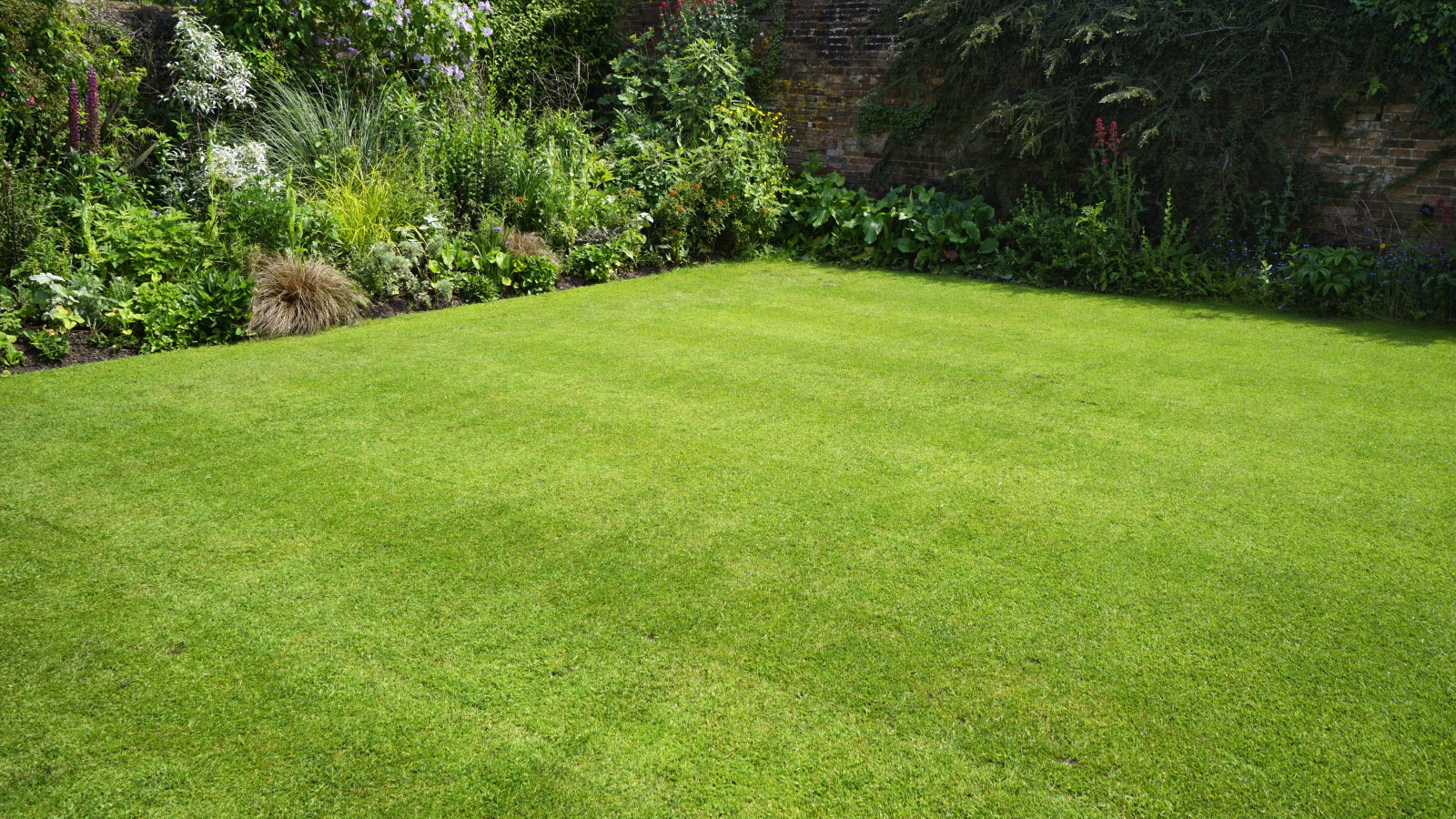 I'm a lawn care expert, and always do these 7 jobs in April to ensure thick, green grass all summer long
I'm a lawn care expert, and always do these 7 jobs in April to ensure thick, green grass all summer longTransform your lawn with these simple yet highly effective April lawn care tasks
By Drew Swainston Published
-
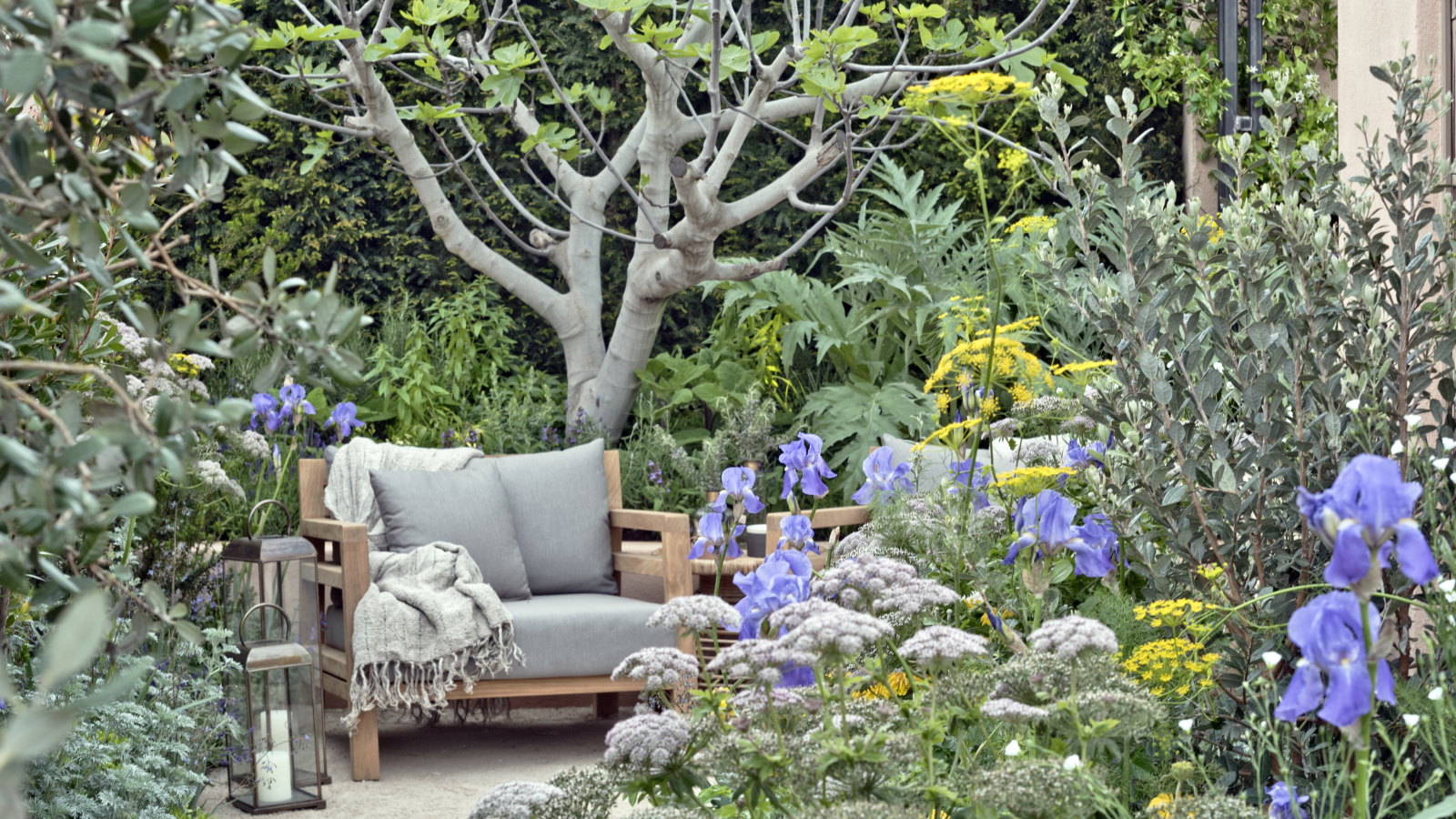 Horticulturists urge you to prune these 7 plants in April – for healthy growth and better-than-ever flowering displays
Horticulturists urge you to prune these 7 plants in April – for healthy growth and better-than-ever flowering displaysDiscover a key selection of plants to cut back this month, with expert pruning advice
By Drew Swainston Published
-
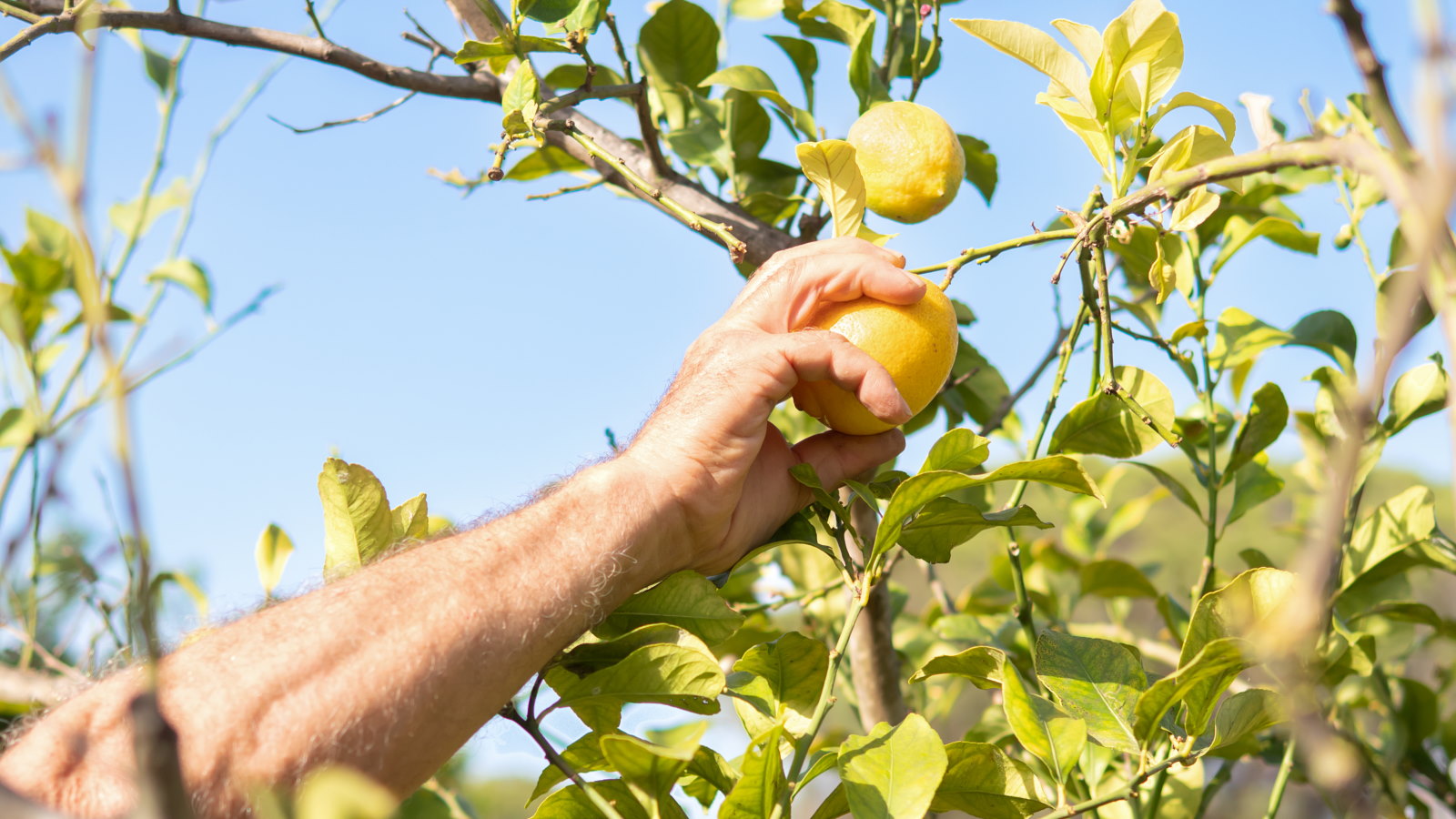 7 fruits to plant in April for years of tasty homegrown harvests, plus expert planting tips
7 fruits to plant in April for years of tasty homegrown harvests, plus expert planting tipsAn exceptional selection of fruit trees and soft fruit can be planted this month
By Drew Swainston Published
-
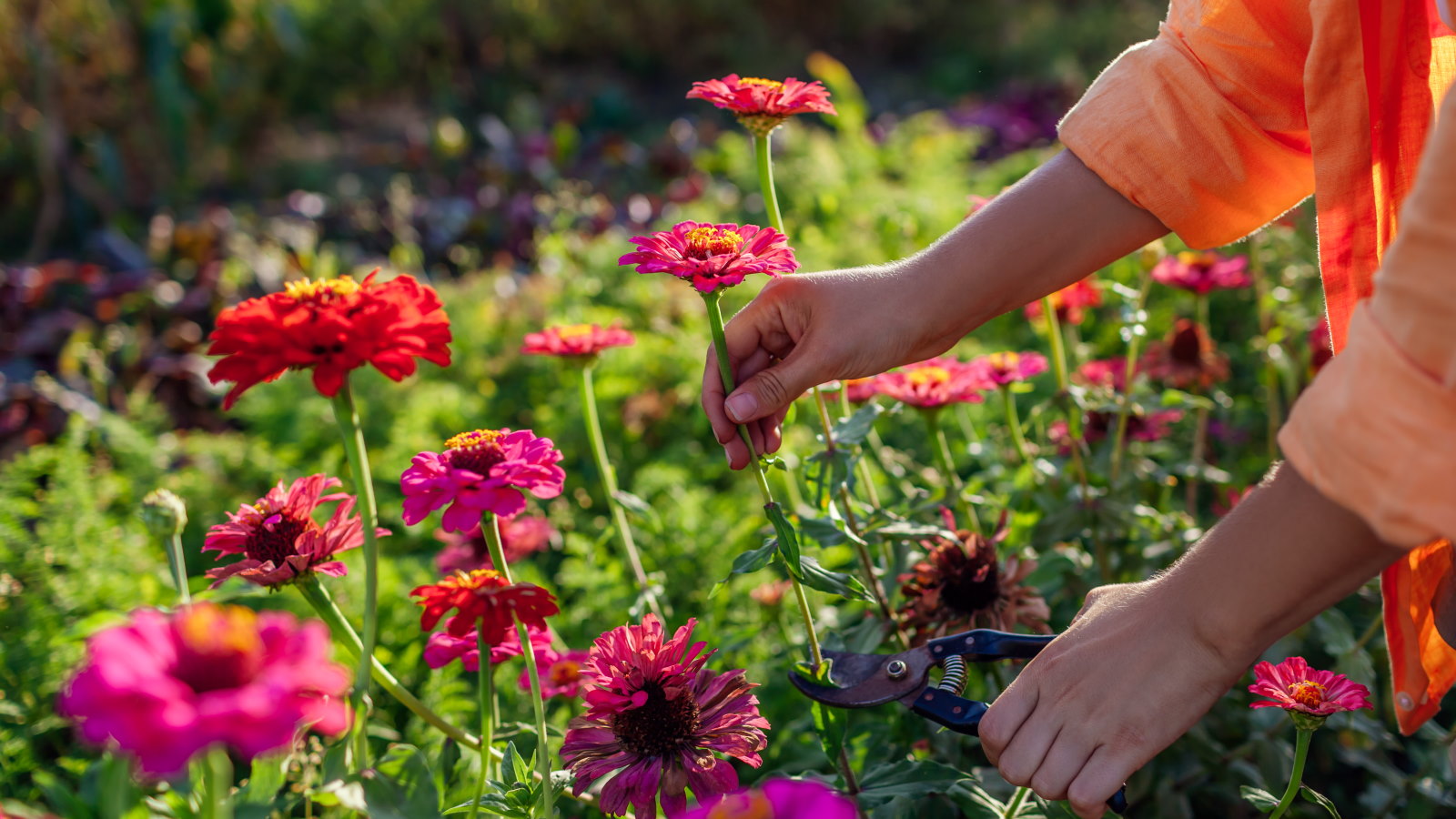 7 dazzling cut flowers to plant in April for bountiful blooms to enjoy in bouquets, vases, and displays this summer
7 dazzling cut flowers to plant in April for bountiful blooms to enjoy in bouquets, vases, and displays this summerDiscover sowing tips from an expert horticulturist
By Drew Swainston Published
-
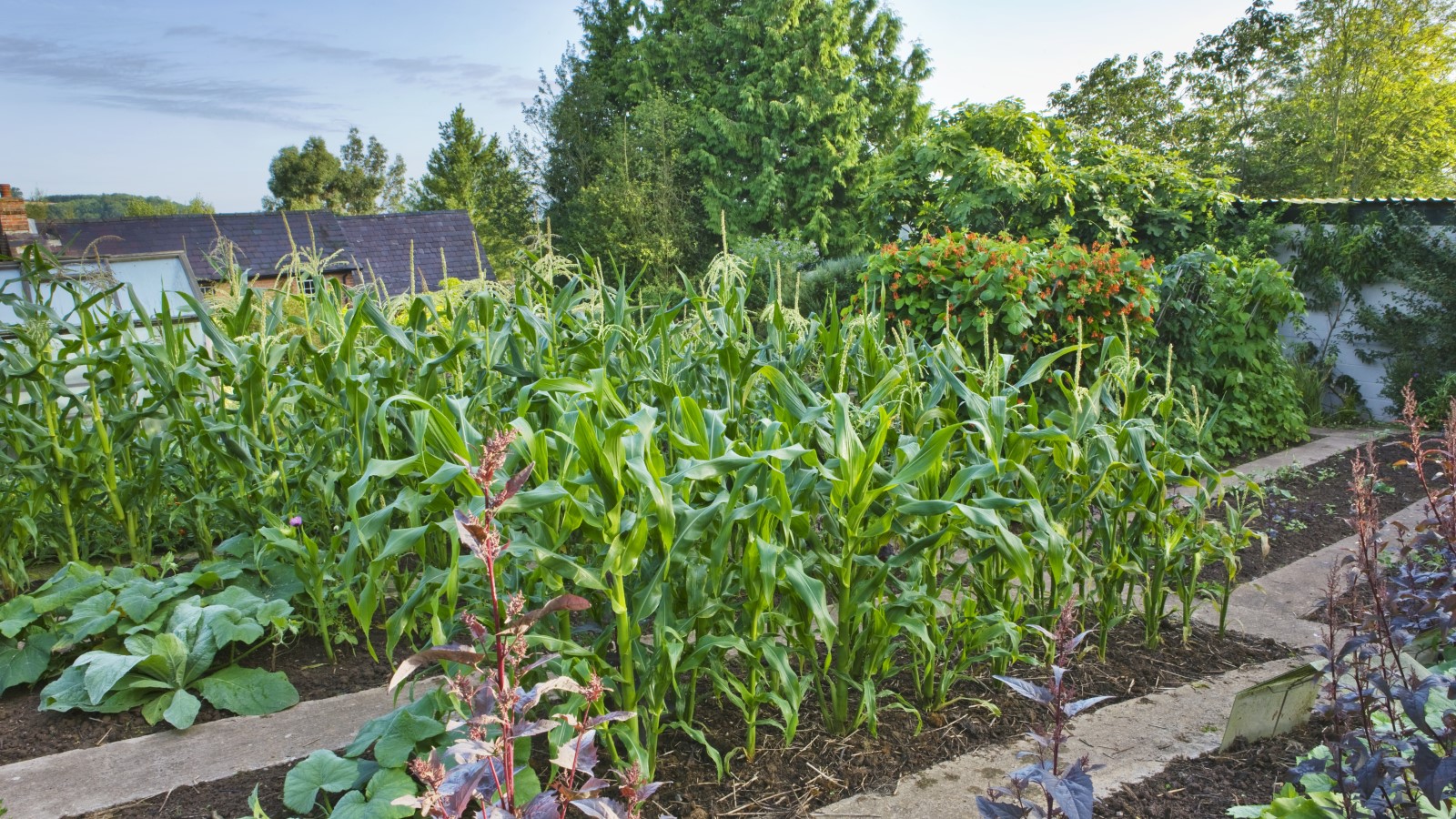 7 of the best vegetables to plant in April, with sowing tips from an experienced grower for bumper harvests
7 of the best vegetables to plant in April, with sowing tips from an experienced grower for bumper harvestsFrom broccoli to zucchini, April is a fantastic time to plant a wide range of vegetables
By Drew Swainston Published
-
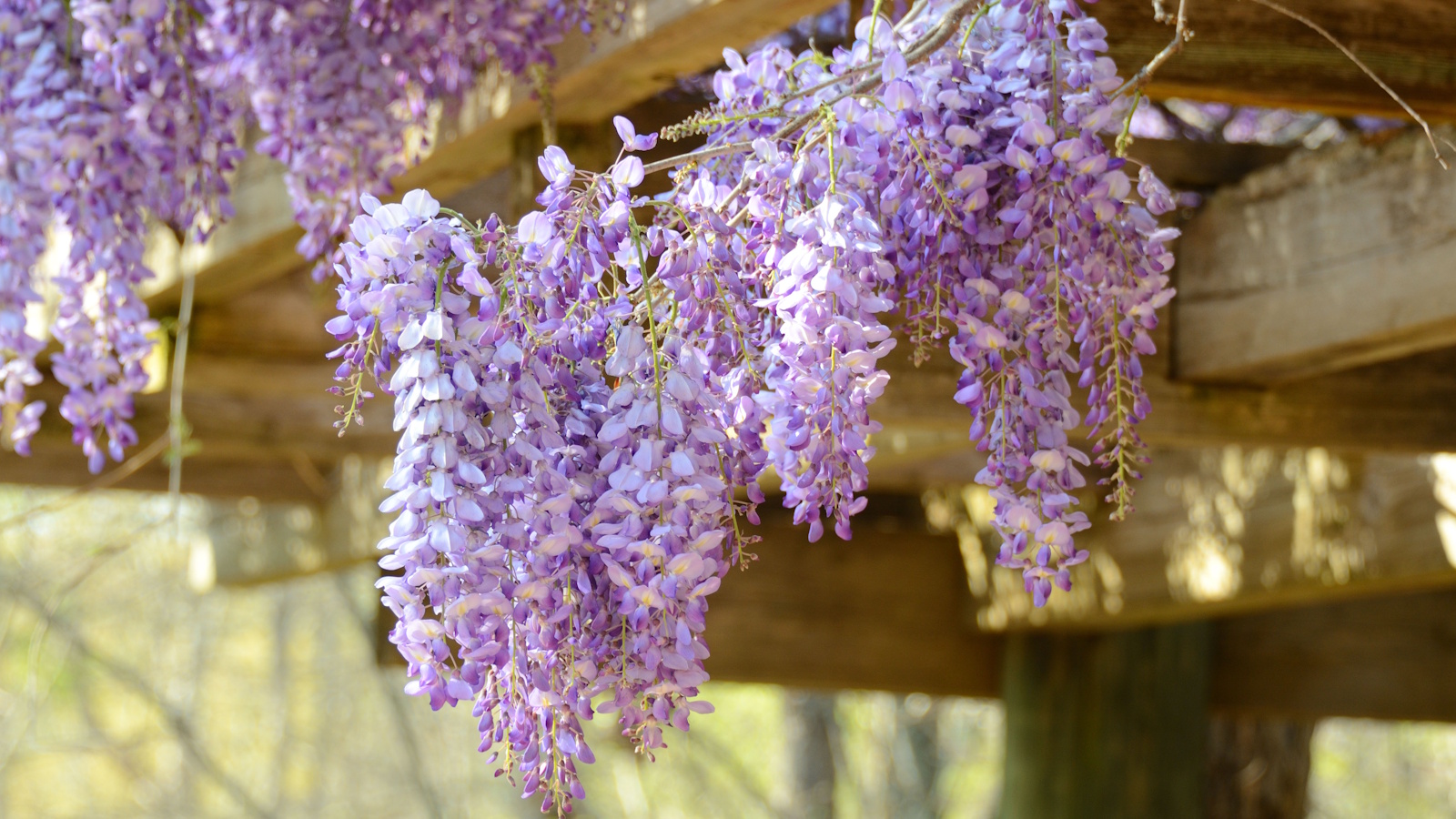 Best fragrant spring-flowering perennials – 5 charming choices to infuse delightful scent in your yard this season
Best fragrant spring-flowering perennials – 5 charming choices to infuse delightful scent in your yard this seasonSpring is full of so many beautiful aromas, uplifting our yards and making them an even more pleasant place to be
By Tenielle Jordison Published